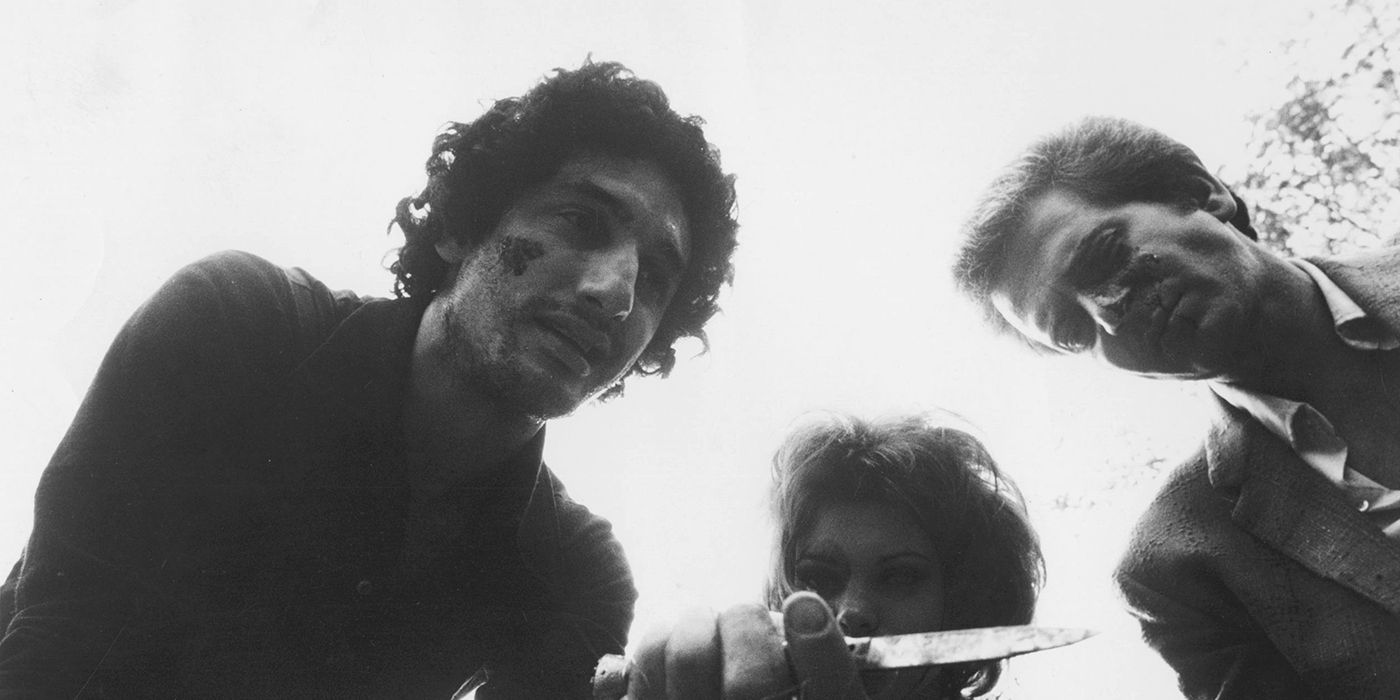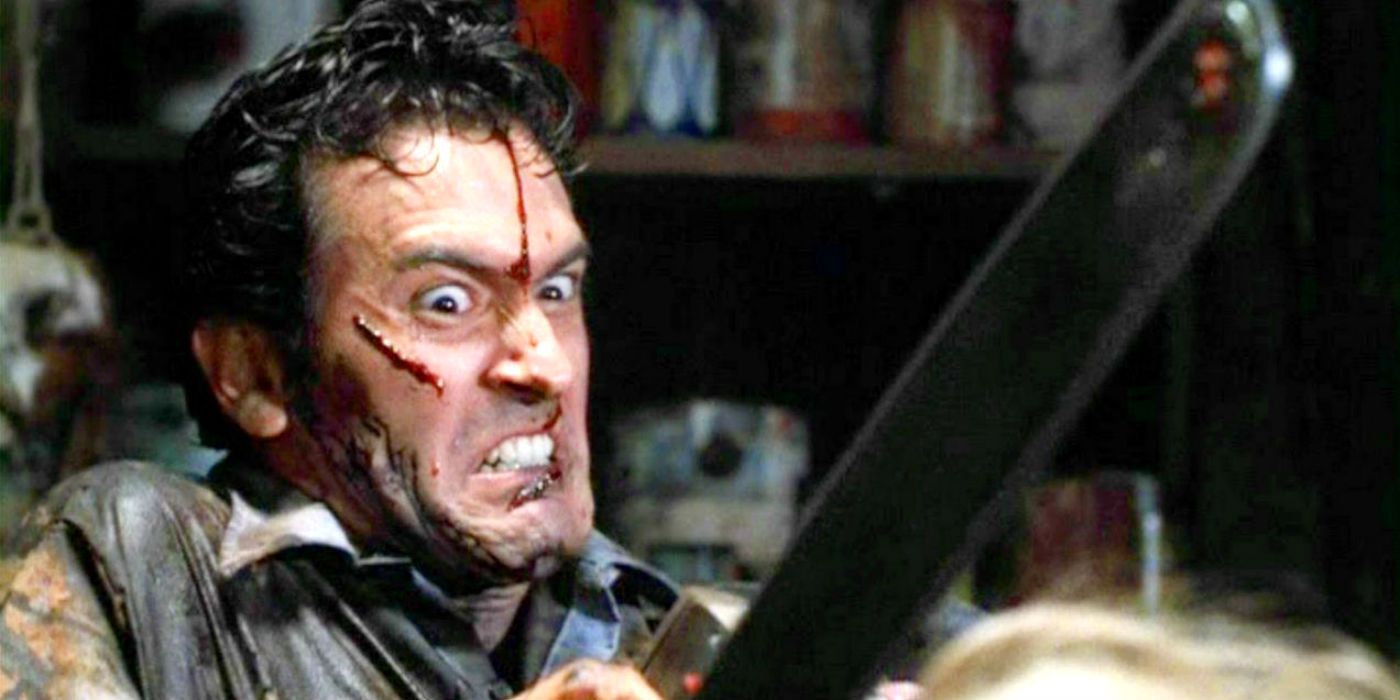
Horror gets a bad reputation from time to time, especially due to some of the more ultra-violent entries and the occasionally exploitative aspects of the genre, but Britain started outright banning some of these titles, which they called by the nickname, video nasties.
While there are some well-known names on the list, many of the titles that were banned were smaller, independent releases that tried to play with and push the horror genre in what directors hoped would be new, exciting ways. Censorship in horror is nothing new, as content has been attacked and limited for decades. In modern years, it's not uncommon for the MPAA in the United States to require extensive edits of films from directors in order to achieve a certain rating. In many cases, filmmakers are successful with talking an NC-17 label down to an R-rating, though a resurgence in PG-13 horror may be due, in part, to directors being aware of this censorship and trying to avoid unnecessary risk as well as making a film more marketable to a broader audience.
The introduction of video cassettes in the UK was what initially tipped off this increased censorship of horror films and other exploitation-style films in the 1980s.

In the 1980s, the UK lacked a system of regulating video sales. In response to films that were coming out on video cassette, the Video Recordings Act Of 1984 passed as a way to regulate what could be distributed to home audiences. There was a stricter code regarding what could be shown on video than in theaters. Once passed, all videos had to get BBFC (British Board of Film Classification) approval before being released. Previously, videos didn't have to be checked because of a loophole in film classification laws that allowed them to bypass the entire process. This is partially why so many independent horror films were released direct to video. The term "video nasties" was originated by the National Viewers and Listeners Association founded by Mary Whitehouse, and is now known as Mediawatch. Whitehouse was a social activist in the UK who opposed social liberalism in the British media; part of her campaign was against the BBC.
Some notable video nasties include The Evil Dead, Wes Craven's The Last House on the Left, Cannibal Holocaust, Faces of Death, I Spit On Your Grave, and Dario Argento's Inferno. The Evil Dead was one of those to be rather lucky, as it was released during the height of the video nasty craze; its theatrical version originally passed with some cuts but the video version did not. However, the BBFC understood its tone was tongue in cheek, and removed it from the list in 1985 after a court case with the distributors brought to light that it was not, in fact, obscene in the way they were trying to prohibit, given its satirical outlook of horror. Cannibal Holocaust was successfully prosecuted in 1983 and banned by the BBFC until 2001, where it was cut to remove most of the animal cruelty and rape scenes.
The Last House on the Left was seen as problematic by the BBFC even before the act was passed, all the way back in 1974, when it was refused cinema release. BBFC Secretary Stephen Murphy stated "we can find no redeeming merit" with the film. It briefly hit video release before 1984, but was quickly added to the video nasty list, and didn't come off until it was deemed suitable for an 18 rating on its DVD release in 2002. In August 2009, a legislative mistake was discovered and the Video Recordings Act of 1984 was repealed. However, it was reinstated in 2010 with no changes as the Video Recordings Act of 2010. Some of the original 72 titles still remain but as of 2018, 33 titles were dropped from the video nasties list. The classification system still exists to this day.
from ScreenRant - Feed https://ift.tt/2EUY4ne

0 Comments